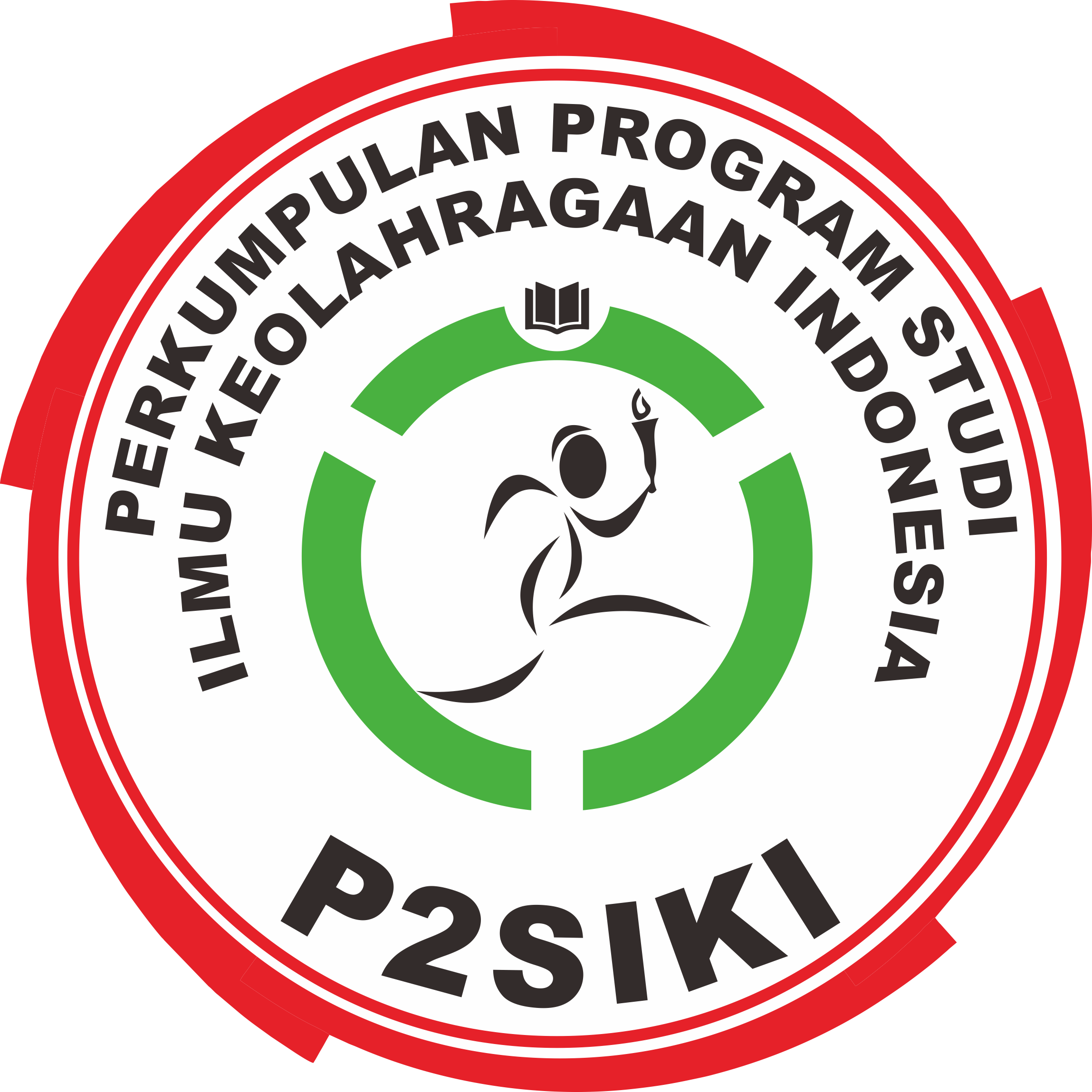Hubungan Panjang Lengan dan Panjang Tungkai dengan Kemampuan Vertical Jump, Spike Jump Reach dan Block Jump Reach Remaja Putra
(1) Jurusan Pendidikan Kepelatihan Olahraga, Fakultas Ilmu Keolahragaan, Universitas Negeri Semarang, Indonesia
(2) Jurusan Pendidikan Kepelatihan Olahraga, Fakultas Ilmu Keolahragaan, Universitas Negeri Semarang, Indonesia
Abstract
Remaja adalah kelompok umur yang masih mengalami pertumbuhan dan perkembangan sehingga memungkinkan terjadi perubahan sampai masa dewasa. Penelitian bertujuan untuk melihat hubungan antara panjang lengan dan panjang tungkai dengan vertical jump, spike jump reach dan block jump reach pada remaja putra. Survey dilakukan pada 288 remaja putra berusia 12-16 tahun. Tiap partisipan diukur panjang lengan dan panjang tungkai kemudian dilakukan test vertical jump, spike jump reach dan block jump reach. Hubungan antara panjang lengan dan panjang tungkai dengan vertical jump, spike jump reach dan block jump reach diuji dengan uji korelasi Pearson. Hasil menunjukkan bahwa panjang lengan berkorelasi dengan vertical jump ( r = 0,162), spike jump reach (r = 0,392) dan block jump reach (r = 0,322). Panjang tungkai juga berkorelasi dengan vertical jump ( r = 0,125), spike jump reach (r = 0,466) dan block jump reach (r =0,464). Dapat disimpulkan bahwa pada remaja putra, panjang lengan dan panjang tungkai berpengaruh lemah terhadap vertical jump, dan berpengaruh sedang spike jump reach dan block jump reach.
Adolescent is a period that are still experiencing growth and development to allow changes until adulthood. The aim of this research was to see the relationship between arm length and leg length with vertical jump, spike jump reach and block jump reach in male adolescent. The survey was conducted on 288 young men 12-16 years old. Each participant were measured the length of the arm and the length of the leg and then tested vertical jump, spike jump reach and block jump reach. The relationship between arm length and leg length with vertical jump, spike jump reach and block jump reach were tested by Pearson correlation test. The results showed that arm length correlated with vertical jump (r = 0.162), spike jump reach (r = 0,392) and block jump reach (r = 0,322). Leg length also correlated with vertical jump (r = 0.125), spike jump reach (r = 0,466) and block jump reach (r = 0,464). It can be concluded that in male adolescents, the arm length and leg lengths had weak correlation with the vertical jump, and moderate correlation with the spike jump reach and the block reach reach
Keywords
Full Text:
PDFReferences
Ackland TR, Bloomfield J. 1996. Stability of human proportions through adolescent growth. Aust J Sci Med Sport.28(2):57-60.
Barnnet LM, Beurden E, Morgan PJ, Brooks LO, dan Beard JR. 2009. Childhood Motor Skill Proficiency as a Predictor of Adolescent Physical Activity. Journal of Adolescent Health 44(3): pp. 252–25
Charoenpanich N, Boonsinsukh R, Sirisup S, Saengsirisuwan V. 2013. Principal component analysis identification major muscles recruited during vertical jump. ScienceAsia 39:257-64
Duncan MJ., Woodfield L dan al-Nakeeb Y. 2006. Anthropometric and physiological characteristics of junior elite volleyball players. British Journal of Sports Medicine, 40(7): 649 - 651
Fattahi A , Ameli M, Sadeghi H, dan Mahmoodi B.2012. Relationship between anthropometric parameters with vertical jump in male elite volleyball players due to game’s position. Journal of Human Sport & Exercise 7: 714-726
Ferris DP, Signorile JF dan Caruso JF. 1995. The Relationship between physical and Physiological variables and volleyball spiking velocity. Journal of Strenght and Condition Research 9 (1):32-36
Gabbett TJ, Georgieff B. 2006. The Development of a Standardized Skill Assessment for Junior Volleyball Players. International Journal of Sport Physiology and Performance (1):95-107
Grgantov Z, Milić M dan Katić R. 2013. Identification of explosive power factors as predictors of player quality in young female volleyball players. Cell Antropol 37 (S 2):61-8
MacKenzie S, Kortegaard K, LaVangie M dan Barro B. 2012. Evaluation of two methods of the jump float serve in volleyball. Journal of Applied Biomechanics 28:579-86
Nande P, Mudafale V, Vali S. 2008. Anthropometric Profile of Female and Male Players Engaged in Different Sport Diciplines. The Internet Journal of Nutritional Wellness 8(1):1-10
Opstoel, K. Pion J, Elferink-Gemser M, Hartman E, Wilemse B, Philippaerts R, Visscher C, dan lenoir M.2015. Anthropometric Characteristics , Physical Fitness and Motor Coordination of 9 to 11 Year Old Children Participating in a Wide Range of Sports. PLOSone. doi: 10.1371
Riggs MP, Sheppard JM. 2009. The relative importance of strength and power qualities to vertical jump height of elite beach volleyball players during the counter-movement and squat jump. Journal of Human Sport and Exercise 4(3):221-236
Sneider P, Benetti G dan Meyer F. 2004. Muscular strength of 9-18-year old volleyball athletes through computational dynamometry. Rev Bras Med Esporte 10 (2)
Sheppard JM, Gabbett TJ, Taylor K, Dorman J, Lebedew AJ dan Borgeaud R. 2007. Development of a Repeated-Effort Test for Elite Men’s Volleyball. International journal of Sports Physiology and Performance 2:292-304
Vaeyens R, Lenoir M, William AM, Philippaert RM. 2008. Talent Identification and Development Programmes in Sport. Sport Med 38 (9):703-14
Vila H, Ferragut C, Argudo FM, Abraldes JA, Rodriquez N, Alacid F. 2009. Relationship between anthropometric parameters and throwing velocity in water polo players. Journal of Human Sport and Exercise 4(1):57-68
Refbacks
- There are currently no refbacks.
Published by:
Department of Sport Science, Universitas Negeri Semarang
Gd. F1 Lt. 1 FIK-UNNES, Jalan Raya Sekaran Gunungpati Semarang Indonesia 50229, Telp/Fax: (024) 8508007
This work is licensed under a Creative Commons Attribution 4.0 International License.




